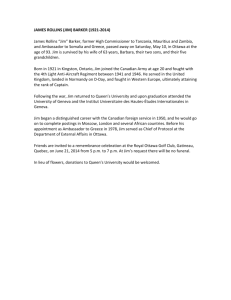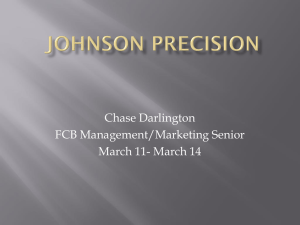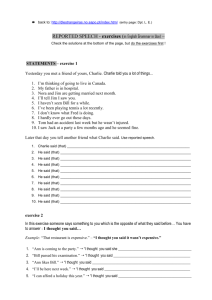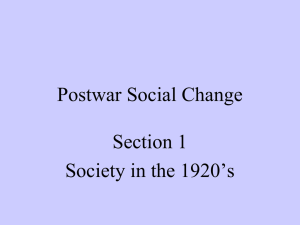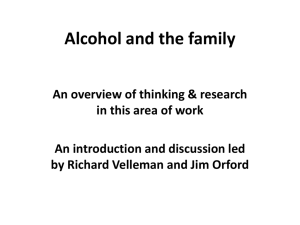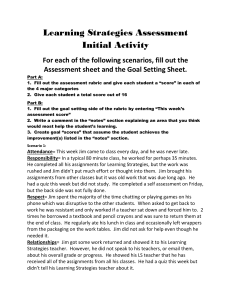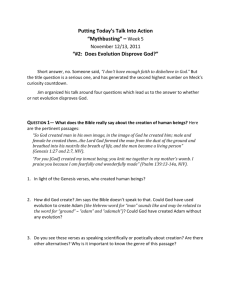Cases – 5.1-5.2-5.3
advertisement
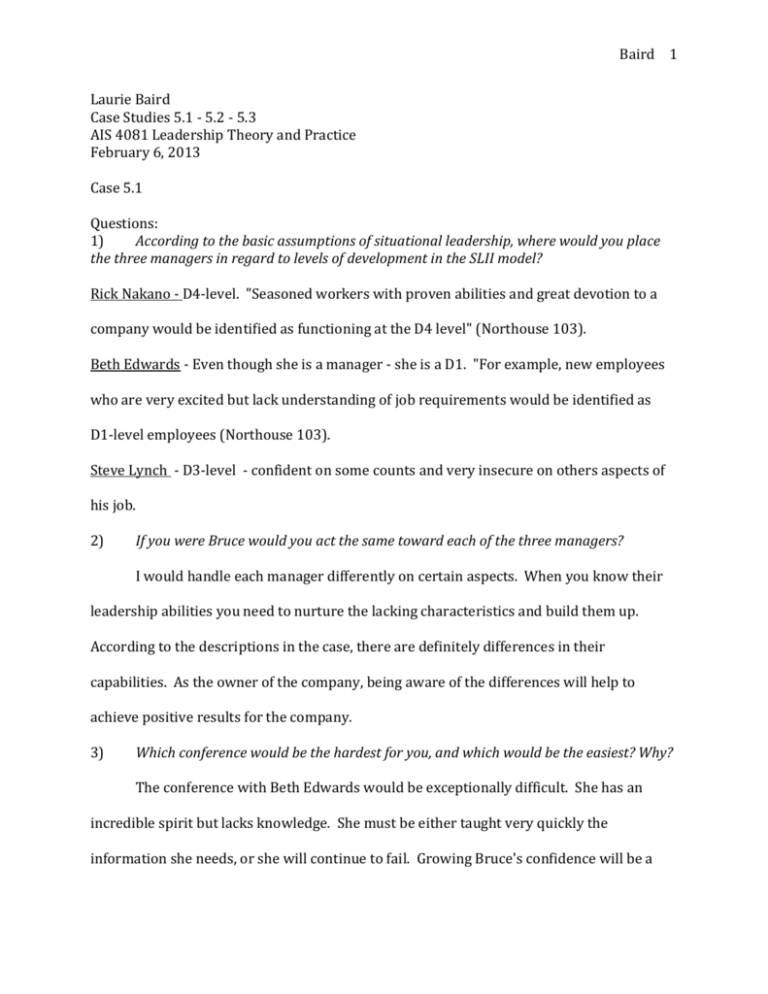
Baird 1 Laurie Baird Case Studies 5.1 - 5.2 - 5.3 AIS 4081 Leadership Theory and Practice February 6, 2013 Case 5.1 Questions: 1) According to the basic assumptions of situational leadership, where would you place the three managers in regard to levels of development in the SLII model? Rick Nakano - D4-level. "Seasoned workers with proven abilities and great devotion to a company would be identified as functioning at the D4 level" (Northouse 103). Beth Edwards - Even though she is a manager - she is a D1. "For example, new employees who are very excited but lack understanding of job requirements would be identified as D1-level employees (Northouse 103). Steve Lynch - D3-level - confident on some counts and very insecure on others aspects of his job. 2) If you were Bruce would you act the same toward each of the three managers? I would handle each manager differently on certain aspects. When you know their leadership abilities you need to nurture the lacking characteristics and build them up. According to the descriptions in the case, there are definitely differences in their capabilities. As the owner of the company, being aware of the differences will help to achieve positive results for the company. 3) Which conference would be the hardest for you, and which would be the easiest? Why? The conference with Beth Edwards would be exceptionally difficult. She has an incredible spirit but lacks knowledge. She must be either taught very quickly the information she needs, or she will continue to fail. Growing Bruce's confidence will be a Baird 2 challenge but with his successes he has had in the past, he will come along. Rick is an owner's dream. A self-starter, knowledgeable and competent. Case 5.2 1) According to the SLII model, what style of leadership is Jim using to run the seminars? I would place Jim at a S4. Because of Jim's belief that the managers were experienced, Jim decided to not put very many restrictions on them. According to the book, an S4 style is low supportive-low directive. Jim was delegating to his managers. Jim wanted his managers to step up and participate to the fullest the seminar he had planned. 2) At what level are the managers? Jim's managers are displaying levels of development at the D3 level. D3 represents employees who have moderate to high competence but may lack commitment. They have essentially developed the skills for the job, but they are uncertain as to whether they can accomplish the task by themselves. Jim may have given his managers too much freedom. 3) From a leadership perspective, what is Jim doing wrong? As a leader, Jim needed to determine if this type of seminar needed a bit more monitoring on his part. In todays over burdened workday, most people would opt out of an unsupervised, unrequired seminar. Everyone would have a valid excuse, I am sure, but if Jim wanted everyone to attend every session, every day, he should have set the criteria from the beginning. Leading into question 4, Jim could have put more restrictions on the attendance to the seminar. He could have created more interest with activities or smaller reports that provided feedback in a positive manner from the seminar. Giving the managers ownership into their outcome may have made the managers more apt to attend Baird 3 and stay. A sense of competition may have increased interest. Jim may have offered some form of reward for attendance. Jim needed to be a bit more creative in how he presented the outcomes of the seminar and what aspects would have helped all the managers. Better communication. Case 5.3 1) What is the problem at WCBA? The problem at WCBA seems to be the new recruits do not know the full responsibility of on-air comments and the legal aspects of their actions. While Ann gives the new students a handout regarding policies and procedures, she may need to have a breakout training session on the handouts where the students discuss and then sign an agreement to their understanding of the legalities and seriousness of their correct comments. 2) Using SLII as a basis, what would you advise Ann to do differently at the station? S2 Leadership style provides High Directive while instilling High Supportive Behavior. (Coaching). Ann may need to be around her new students as much as possible training and explaining the seriousness of the policies regarding on air remarks. She is dealing with high achievers and therefore, I believe they may "run with it" AFTER they have the correct coaching. This would help Ann down the road. 3) Based on situational leadership, what creative schemes could Ann use to reduce FCC infractions at WCBA? Ann could rely on her older, more seasoned students who truly get the ramifications of violating FCC rules. Sometimes hearing from people closer in age who are showing success would have more of an impact. Ann needs to be a part of all training, so the Baird 4 students see the hierarchy level of her chain of command. She is on the right track with her procedures and policy handout. She may need to go over these personally with all newcomers. She also may pair up the newcomers with seasoned announcers when they go on air for the first few times.
